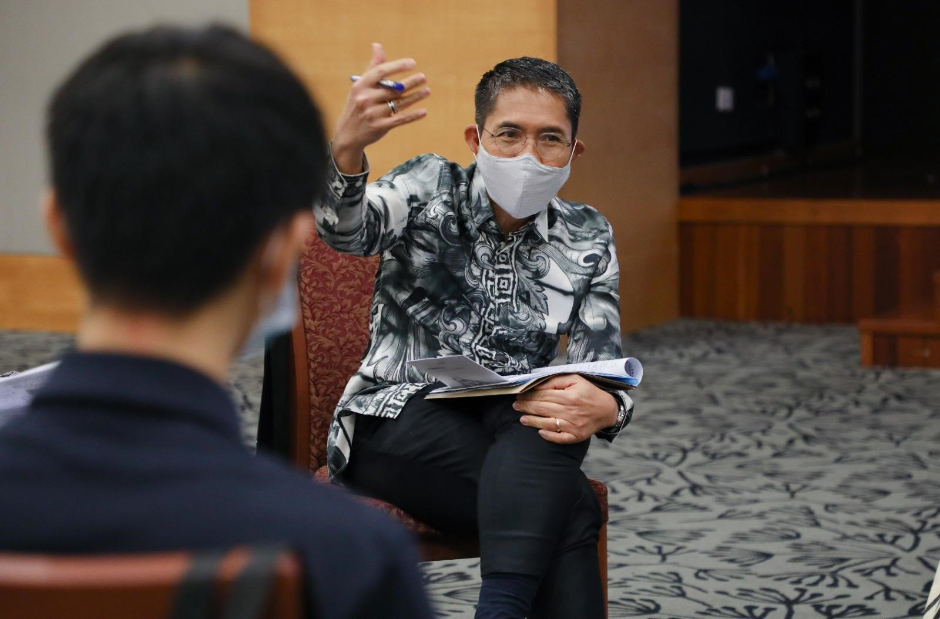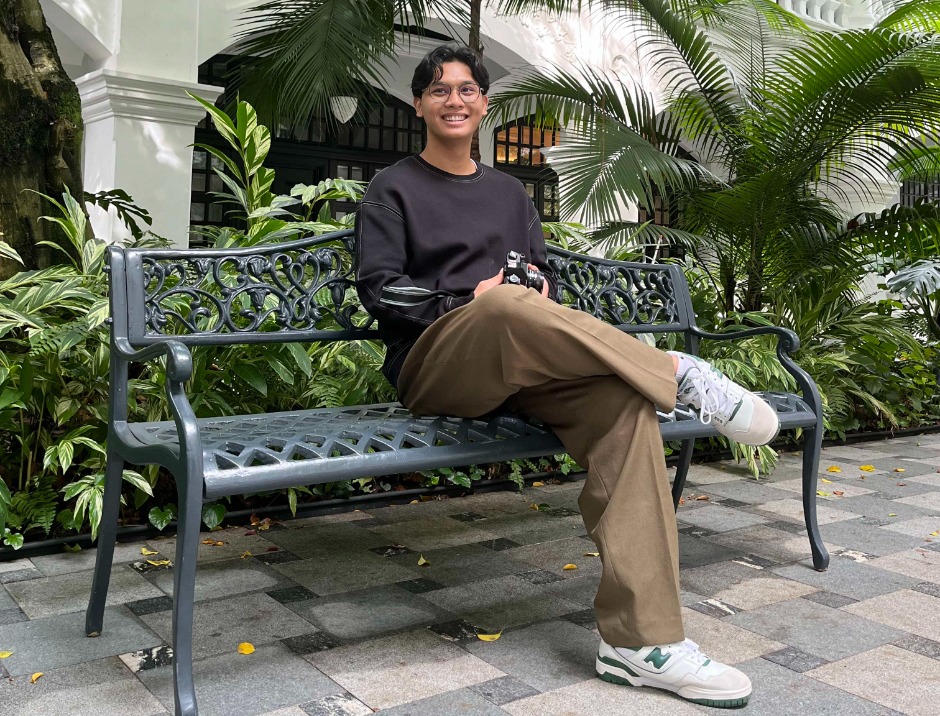Art classes are typically associated with colours, drawing, painting and loads of messy fun.
That aside, art can also equip our children with valuable life skills.
Mdm Ira Wati Sukaimi, Lead Teacher for Art at Mayflower Secondary School, shares her 23-year journey and experience in teaching art to students.
When I started out teaching art, it was pertinent to contextualise students’ daily experiences with what they were doing in class. So I designed lessons and tasks with themes such as “local festivals” or ‘local community scenes” to engage and encourage my students to think and visualise their experiences.
I strongly believe that it is important to keep lessons relatable to students’ experiences. However, I increasingly see the need to facilitate and deepen students’ inquiry in their learning process.
These years, I try to provide students with experiences that will trigger their five senses, so that they can make deeper and more insightful observations and inquiry.
For instance, I make my students walk barefoot in the school garden (which excites them to bits!) and feel the cold or warm rocks under their feet, and the wet or dry grass in between their toes. It offers a different experience, as compared to touching these objects with their hands.
From the gardens, I brought in the pond into the classroom, where the students get to study the movements and bodily textures of terrapins, fishes and frogs.
I have also brought things such as the hand-washing jug which the Malay community uses, for students to handle, touch and study up close as an entry to the theme on “Food”.
I encourage students to translate these sensory experiences into visual representations and to generate as many questions as they can about the objects and to make connections with their prior knowledge about the objects.
What can students learn through art?
Just like learning a language, art is increasingly seen as a form of language where visual symbols and representations communicate expressions of personal opinions and sentiments, as a form of narrative, as a mode for instruction, and as a method of documentation.
However, unlike the languages, art and its visual meanings transcend cultural and geographical boundaries, thus making it an asset for those with aesthetic and visual mastery in a globally-connected world. Art teachers carry the responsibility of honing students’ visual literacy skills and technical competencies to allow students to utilise this “visual language” effectively to their advantage.
Besides inculcating communication skills, art also nurtures in students positive dispositions and habits that are enduring and relevant, regardless of their aspirations and vocations.
Skills such as reflection, envisioning, expressing, observation, developing craft, to engage and persist, stretch and explore, and to understand the art world, are unique to the artistic processes which students encounter.
When these habits are etched in their sub-conscious minds, students can even apply them to their working lives in future. They can go on to be detectives who make detailed observations and analyse clues and evidence from a range of perspectives, lawyers who think and approach cases from outside the box, doctors who are sharp in analysing X-ray images and making accurate diagnoses, and the list goes on. Art is a powerful leverage for other subjects and disciplines to mould attributes and attitudes for the different professions.
What positive changes have you observed in your art students?
The casual conversations with my students and the reflections that transpired from our exchanges indicate the positive and transformative growth in my students who took up art at upper secondary level.
For instance, many of my students came to art class in Secondary 3 with a lot of apprehension. Some of them had lower self-esteem because they were not able to take up the upper secondary subjects that they had opted for.
That said, these students would return to school for their graduation show as alumni with renewed confidence and a sense of accomplishment, as they see their final-year projects being exhibited to the school community and members of public. They are also more sensitised to their surroundings – feeling, seeing and hearing to make sense and meaning of their experiences and daily encounters.
What’s next after secondary school?
Some students do pursue art passionately. Some of my students are now art teachers! Occasionally we do see each other at off-site workshops and meetings. There are some who have gone on to pursue careers in the creative industries, such as working in private art galleries or as designers of fashion labels. I also know that a couple of students are pursuing arts management courses. There are others though, who have decided to step outside of the creative industries and are thriving in different professions.
Usually, graduating students ask for my opinion about the institutions they should go to, to pursue specific courses of study in the visual arts field. They also ask about what to include in their portfolios when they attend interviews.
After a few years, it is heartening to know that you are remembered. Some came back for a visit and chat to find out more about teaching. Just recently, a former student shared with me his dilemma of pursuing a career either in the airline industry or as an art educator.
My advice has always been for them to find the most meaningful vocation, whether in art or otherwise, that will be transformative for them as well as the people whose lives they will touch. Often, once these students are in the tertiary institutions, they will know how to take the next steps in realising their dreams and unleashing their potential.






